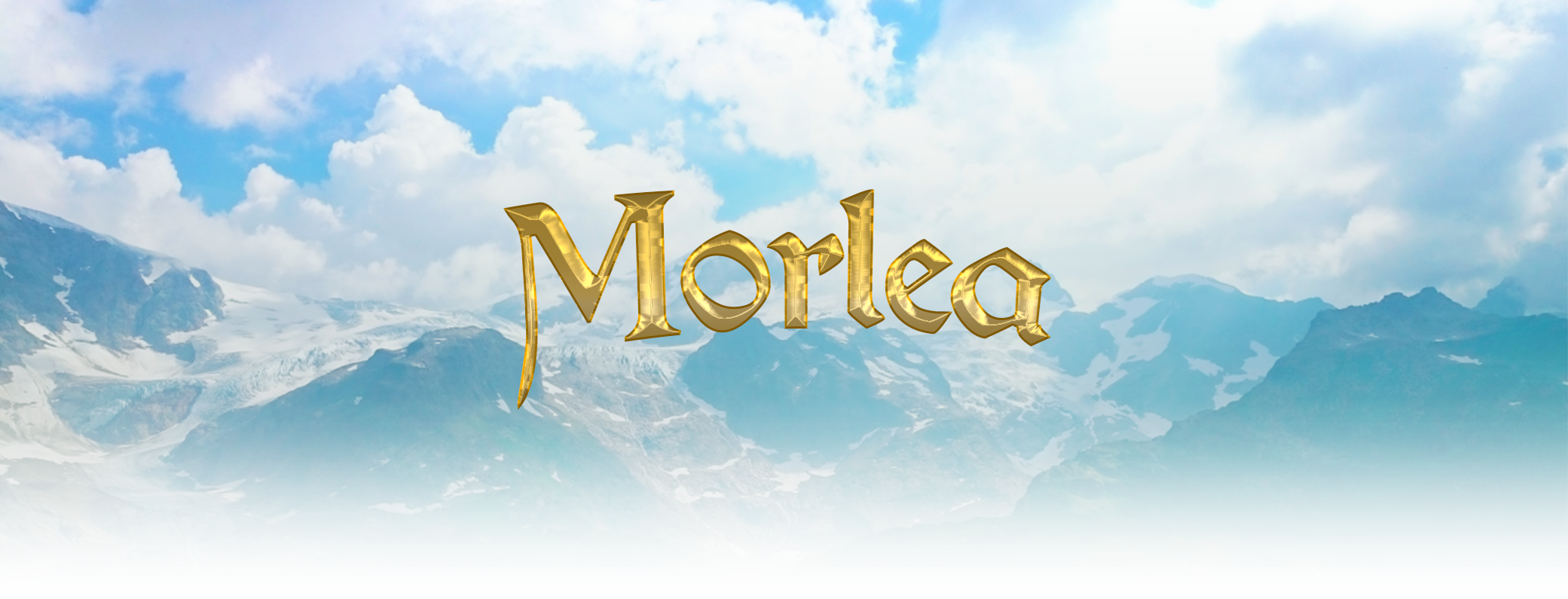It was always wonderful to witness the community-toast at the long-table dinners. The collective shout gave her goosebumps every single time, though that could also just be the wind.
Eating together as a group creates a bond in a way only a few things do. The
Treil have long ago figured out the great benefits of having social dinners and do so often. The number of attendants varies depending on where the dinner is held. If it's held in a big town, there is often a public dinner table in every town-district. If it's a small village, it's not uncommon to find tables made to fit every single resident in the village.





Comments